The layers of an argument
We’ve written before about the importance of teaching kids to write multi-layered arguments early in their development process. Writing three-layered arguments is the key work of our Level 2: Arguments in Microcosm program, but most kids and adults don’t immediately understand what this means—or looks like. So, here is a breakdown of what the different layers look like when it comes to kid writing.
One-layer argument
Note: One-layer arguments are what we call List Paragraphs because they are essentially lists pasted together with generic connecting words. This is the type of argument most kids learn in elementary school.
Two-layer argument
Note: Two-layer arguments can be very useful and are often appropriate for writing that is focused on conveying information, and not new ideas. This is why most kids learn two-layer arguments at the end of elementary school/beginning of middle school. The key innovation of this type of writing is learning to organize your thinking clearly and find and use evidence to support claims—worthy goals.
Note: Three-layer arguments do not have to be particularly profound or impressive as texts (as evidenced above). Instead, June Writers teaches three-layer texts to kids because it helps them get used to looking for the deeper connections between seemingly disparate ideas (e.g., “I like building robots” and “I like that robots don’t expect me to talk” → “I am uncomfortable with human conversation and value ways to avoid it”). We teach arguments this way because it’s the deep connections that humans uncover in our work and writing that allow us to grow as individuals and as a species. This skill also makes it much easier for kids to leap into Analytical Reading, which we teach in Level 3: Texts Under Scrutiny; they’re already used to thinking about all the underlying elements of an idea and text. Most kids do not learn three-layer arguments in elementary or middle school (or, sometimes, high school). Instead, kids often arrive at college and struggle to join academic conversations that call for this type of nuanced thinking. Our goal is to change that trend.
Want your child to learn to write three-layer texts? Enroll in June Writers today.



